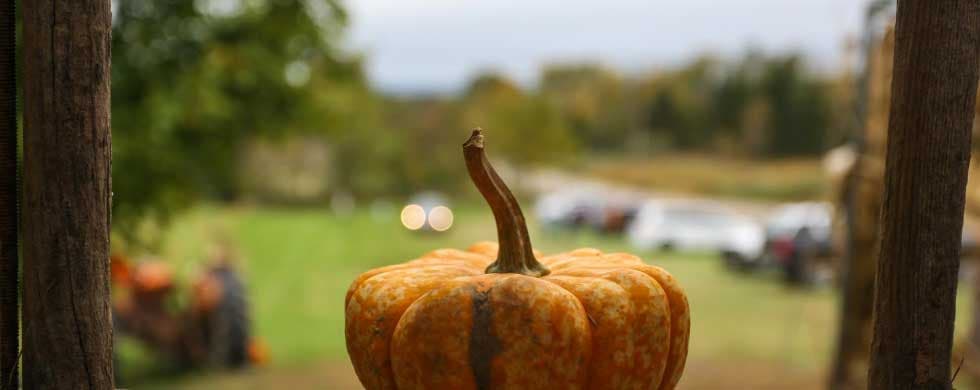Interesting Facts and History of Halloween
Halloween has a unique type of celebration compared to different holidays in the globe. Some people spend their time and money in planning and creating their spooky costumes while others don’t recognize this holiday at all. Unlike most holidays on the calendar, Halloween is all about the spooky, scary and downright deadly stuff. Let’s go back to history to know why Halloween became one of the most celebrated holidays around the world.
Ancient History of Halloween
The celebration of Halloween goes back to ancient history. It goes back to that ancient Celtic tradition of the Celts by creating a large bonfire through burning crops and animals as a sacrifice and by using animal carcasses as a costume specifically animal heads and skins to ward off ghosts. After the ritual, families would light fires in their homes using fire from the sacred bonfire, they believe that this ritual will bring protection during winter. This is what they call Samhain.
The Celts who are originally inhabitants of a land that is now being occupied by Ireland, the United Kingdom and France were celebrating their New Year’s Day during November 1st. It is a day that marks the end of summer harvest and the beginning of winter. It is also a season associated with human death. Because of this, Celts believe that the night before New Year was a time that the boundary between the world of the living and the dead become porous. Thus, the celebration of Samhain during the night of October 31st. It was on this day that people believe of the spirits of the dead returning to walk along with the living. These spirits were thought to damage crops and general mayhem. The Celts also thought that the presence of the spirits made it easier for the Druids, or Celtic priests, to make predictions about the future. These prophesies became an important part of the mystery and excitement surrounding this holiday.
After the Romans, conquered most of the Celtic lands, there were a gradual combination of Roman Festival with Celtic traditions that emerged. It was the case for Samhain, which were combined to two Roman festivals named Feralia, the day to honour the goddess Pormona. Feralia fell on a day in late October, and was intended as a commemorative festival for the dead. Pomona, on the other hand, was the goddess of fruit and trees. Her symbol was the apple, which some link to the contemporary tradition of bobbing for apples.
In the 7th century, Pope Boniface IV dedicated the Roman Pantheon in honour of Christian martyrs, and the Catholic festive feast day, All Martyrs Day, was established. However, when Pope Gregory III designated November 1 as a time to honour all martyrs and saints in the 8th century, the holiday, All Saints’ Day, was born. By the 9th century, Christianity's influence had reached the Celts, where it continued to blend with local Celtic traditions.
In 1000 A.D. , November 2 was made All Souls' Day, which became a day to honour to souls of the dead. Incorporating some of the traditions of Samhain, All Souls' Day was also celebrated with bonfires, parades, and dressing in costume as saints, angels, and devils. The All Saints Day celebration on November 1 also called All-hallows, and the evening before— the traditional night of Samhain— was known as All Hallows’ Eve.
